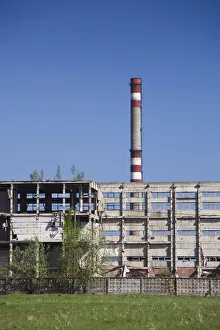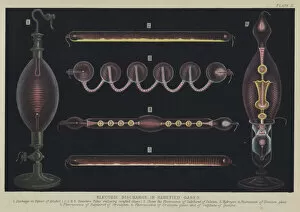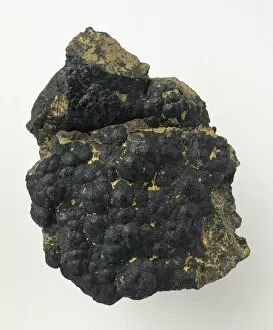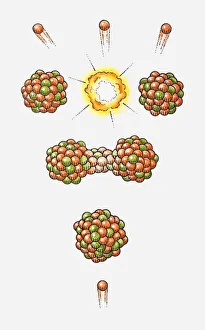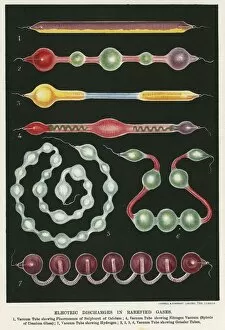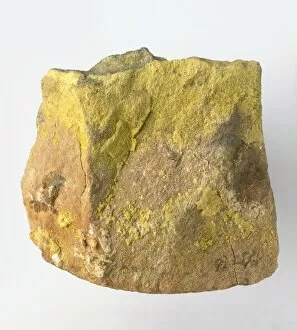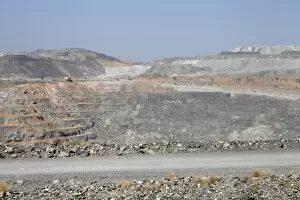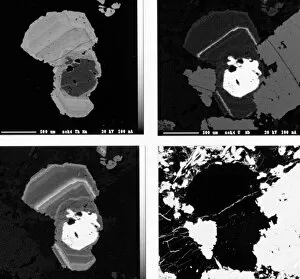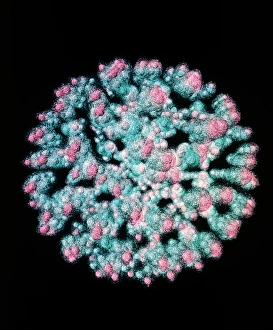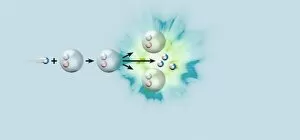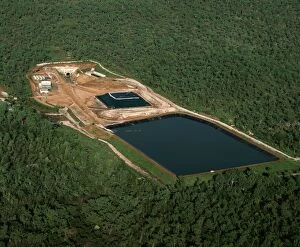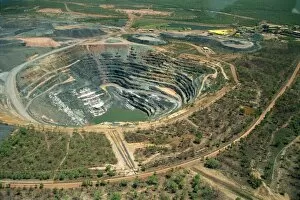Uranium Collection
"Unveiling the Mysteries of Uranium: From Torbernite on Quartz to Radium Treatment" Step into the captivating world of uranium
All Professionally Made to Order for Quick Shipping
"Unveiling the Mysteries of Uranium: From Torbernite on Quartz to Radium Treatment" Step into the captivating world of uranium, where its presence has left an indelible mark in various corners of our history. Journey with us to Wheal Basset, Illogan, Cornwall, England, where the mesmerizing sight of Torbernite on Quartz enchants all who behold it. This breathtaking combination showcases nature's artistic prowess and hints at the hidden potential within this remarkable element. Delve deeper into the annals of time and discover the intriguing Uranium Steamship Company hotel. Nestled amidst Estonia's Northeastern region in Sillamae, this former Soviet-era secret uranium processing city holds stories waiting to be unraveled. Its enigmatic past beckons curious minds to explore its clandestine corridors. As we venture further into scientific realms, witness Electric Discharge in Rarefied Gases through a vivid color litho. This awe-inspiring phenomenon illustrates humanity's relentless pursuit of knowledge and innovation. It serves as a testament to our insatiable curiosity about uranium's electrifying properties. Gaze upon "Splitting the Atom" by G. H Davis—an iconic illustration that forever changed our understanding of nuclear fission. The moment a neutron strikes a Uranium-235 nucleus is frozen in time—a catalyst for instability leading to energy release and more neutrons unleashed. This groundbreaking discovery paved the way for revolutionary advancements in nuclear science. Uraninite emerges as another protagonist within this narrative—a uranium-rich mineral igniting both fascination and intrigue among geologists worldwide. Its allure lies not only in its aesthetic appeal but also in its potential contribution towards unlocking new frontiers in energy production. Eugene-Melchior Peligot takes center stage from Les Merveilles de la Science—an embodiment of dedication and passion that propelled him towards unraveling uranium's secrets.


